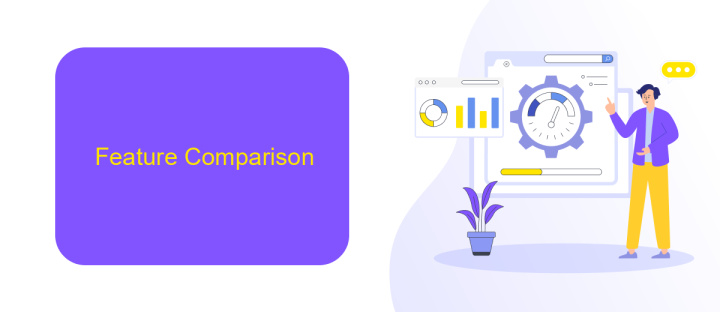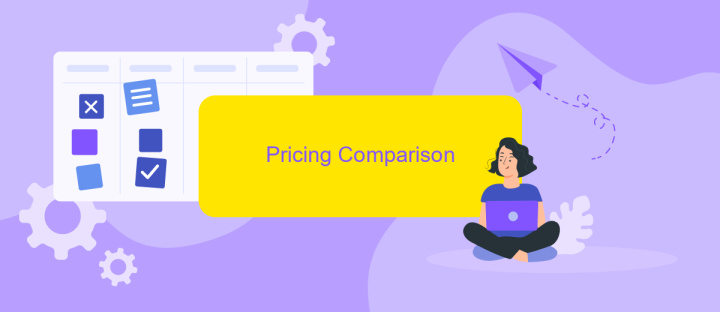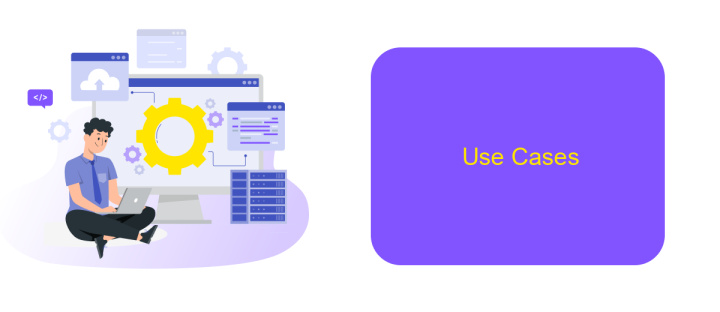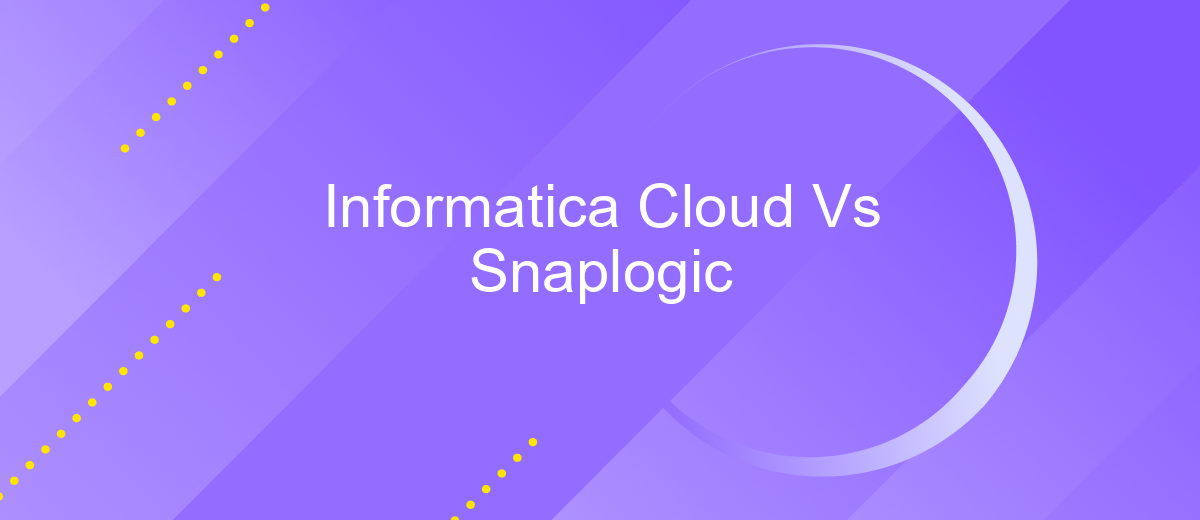Informatica Cloud Vs Snaplogic
In the rapidly evolving landscape of data integration and management, choosing the right platform is crucial. Informatica Cloud and SnapLogic are two leading contenders, each offering unique features and capabilities. This article delves into a detailed comparison of these platforms, examining their strengths, weaknesses, and suitability for various business needs to help you make an informed decision.
Introduction
Choosing the right integration platform is crucial for businesses aiming to streamline their operations and enhance productivity. Informatica Cloud and SnapLogic are two leading solutions in this domain, each offering unique features tailored to different business needs. Understanding their strengths and weaknesses can help organizations make an informed decision.
- Informatica Cloud: Known for its robust data integration capabilities and comprehensive data management tools.
- SnapLogic: Renowned for its user-friendly interface and flexible integration options, making it ideal for rapid deployment.
- ApiX-Drive: A versatile integration service that simplifies connecting various applications and automating workflows.
Both Informatica Cloud and SnapLogic provide powerful solutions for data integration, but their approaches and features differ significantly. By evaluating these platforms alongside other integration tools like ApiX-Drive, businesses can select the most suitable option to meet their specific requirements and drive successful integration projects.
Feature Comparison

Informatica Cloud and SnapLogic are both powerful integration platforms, but they offer distinct features that cater to different needs. Informatica Cloud excels in data integration and data management, providing robust tools for ETL (Extract, Transform, Load) processes. It offers extensive support for various data sources and targets, as well as advanced data transformation capabilities. SnapLogic, on the other hand, is known for its user-friendly interface and rapid integration capabilities. It provides a wide range of pre-built connectors and a drag-and-drop interface, making it easier for users to design and deploy integrations quickly.
Informatica Cloud includes advanced data quality and governance features, ensuring that data is accurate and compliant with industry standards. It also offers strong support for complex data workflows and enterprise-level data integration needs. SnapLogic focuses on speed and flexibility, allowing users to integrate cloud applications, on-premises systems, and big data environments seamlessly. For businesses looking for a more straightforward and quick integration solution, ApiX-Drive can be a valuable addition. It simplifies the process of connecting various applications and automating workflows without the need for extensive technical knowledge. Both platforms have their strengths, and the choice between them depends on the specific requirements and priorities of the organization.
Pricing Comparison

When comparing the pricing models of Informatica Cloud and SnapLogic, several factors need to be considered. Both platforms offer scalable solutions, but their pricing structures differ significantly. Informatica Cloud typically uses a subscription-based model, which includes various tiers based on the number of users and data volume. SnapLogic, on the other hand, employs a usage-based pricing model that charges based on the number of pipeline executions and data processed.
- Informatica Cloud: Subscription-based, tiered pricing based on users and data volume.
- SnapLogic: Usage-based pricing, charges based on pipeline executions and data processed.
Additionally, both platforms offer free trials, allowing potential users to evaluate their services before committing to a purchase. For businesses looking to streamline their integration processes, services like ApiX-Drive can also be considered. ApiX-Drive provides an easy-to-use interface for setting up integrations, which can complement the capabilities of both Informatica Cloud and SnapLogic. Ultimately, the choice between these platforms will depend on your specific needs and budget constraints.
Use Cases

Informatica Cloud and Snaplogic are two powerful integration platforms that cater to different business needs. Informatica Cloud is renowned for its robust data management and data integration capabilities, making it ideal for enterprises that require extensive data governance and complex data workflows. Snaplogic, on the other hand, excels in its user-friendly interface and rapid deployment, which appeals to organizations looking for quick and efficient integration solutions.
Both platforms offer unique use cases that can significantly enhance business operations. Informatica Cloud is often utilized by large enterprises for tasks such as data warehousing, data migration, and complex ETL processes. Snaplogic is preferred by companies that need to integrate a variety of cloud services and on-premises applications quickly and efficiently.
- Informatica Cloud: Ideal for data governance, complex ETL processes, and data warehousing.
- Snaplogic: Best for rapid deployment, cloud service integration, and user-friendly interfaces.
- ApiX-Drive: Suitable for businesses seeking seamless integration of various applications and services without extensive technical expertise.
Choosing between Informatica Cloud and Snaplogic depends on the specific requirements of your business. If your organization needs comprehensive data management and governance, Informatica Cloud may be the better choice. For rapid, user-friendly integration, Snaplogic is an excellent option. Additionally, services like ApiX-Drive can complement these platforms by offering easy-to-use integration solutions for various applications.
Conclusion
In conclusion, both Informatica Cloud and SnapLogic offer robust solutions for data integration and management, catering to various business needs. While Informatica Cloud excels in its extensive data transformation capabilities and enterprise-level support, SnapLogic stands out with its user-friendly interface and rapid development cycles. The choice between these platforms ultimately depends on the specific requirements of your organization, such as the complexity of data workflows, budget constraints, and the level of technical expertise available.
For organizations looking to streamline their integration processes further, services like ApiX-Drive can provide additional support. ApiX-Drive simplifies the connection between various applications and services, making it easier to automate workflows without extensive coding knowledge. By leveraging tools like ApiX-Drive alongside either Informatica Cloud or SnapLogic, businesses can achieve a more efficient and cohesive integration strategy, ensuring that data flows seamlessly across all systems.
FAQ
What are the key differences between Informatica Cloud and SnapLogic?
Which platform is better for real-time data integration?
How do both platforms handle API integrations?
What kind of support and resources are available for each platform?
Can these platforms be easily integrated with other automation and integration services?
Routine tasks take a lot of time from employees? Do they burn out, do not have enough working day for the main duties and important things? Do you understand that the only way out of this situation in modern realities is automation? Try Apix-Drive for free and make sure that the online connector in 5 minutes of setting up integration will remove a significant part of the routine from your life and free up time for you and your employees.

